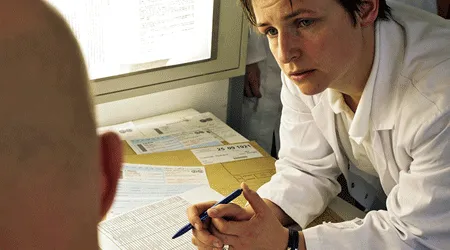
As much as patients have benefited from a healthcare system that has avoided blaming individual care providers for errors, Robert Wachter, MD, says that the approach must also include accountability.
In a new blog post in the journal Health Affairs he writes that there are some practices in medicine critical to addressing patient safety.
[Also: 494 hospitals earn Healthgrades 2015 Patient Safety Excellence Awards (full list)]
"We believe that the time has come to articulate criteria for 'must do' safety practices: practices that have sufficiently compelling supportive evidence that clinicians should not have the right of individual veto," he wrote.
Here are Wachter's five criteria for putting certain patient care habits first:
- The patient safety problem that is being addressed is important.
- The practice has been demonstrated by research or expert consensus to be effective in reducing harm.
- The impact of compliance with the practice is substantial, i.e., a significant number of patient harms would be prevented.
- Universal compliance with the practice, and auditing such compliance, is feasible for clinicians, health care organizations, and accreditors.
- The practice has been accepted as a standard by the National Quality Forum, relevant specialty societies, and by broad professional consensus.
This first appeared on Heathcare IT News. It has been edited.
Twitter: @HFNewsTweet